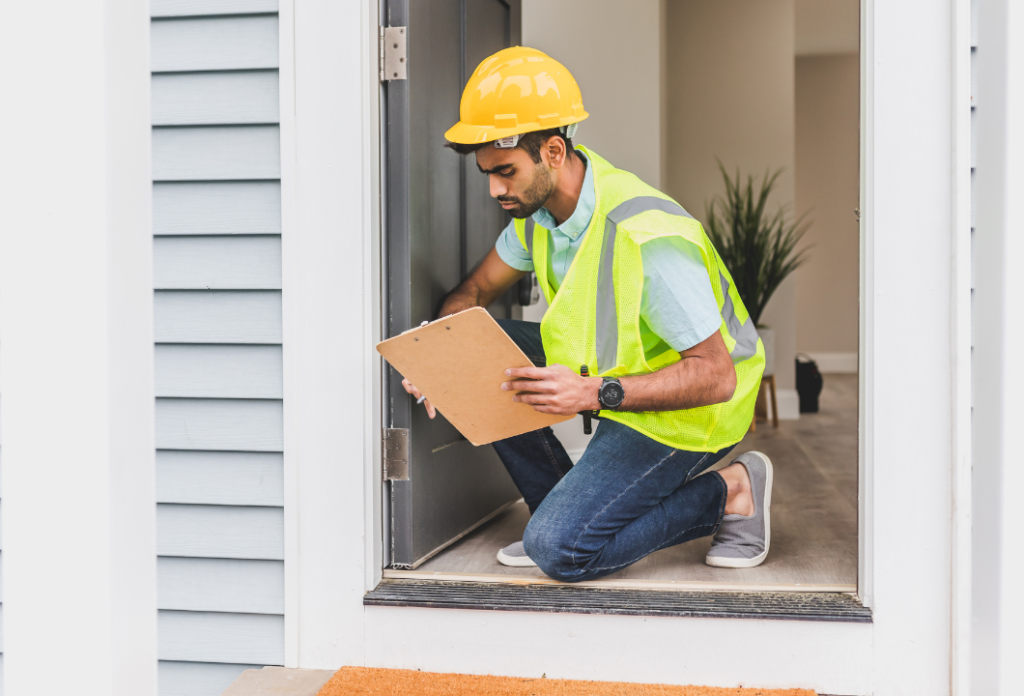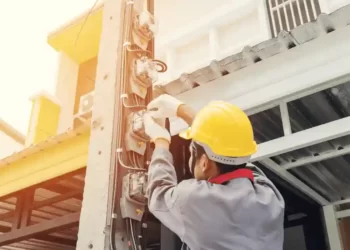Home inspections aren’t just for buyers—they can be a real game-changer for sellers too! Getting a certified inspection before you list your house can give you some serious peace of mind. Nobody wants to find out about problems last minute when a potential buyer comes in. That could mean delays, extra costs, or even losing the sale altogether. So, why not take charge and get a thorough inspection done first? It’ll help you tackle any issues before they pop up during negotiations, making the whole process a lot smoother.
What is a pre-listing home inspection?
A pre-sale home inspection is when a homeowner brings in a professional to check out the house before selling it. The idea is to spot any problems—like issues with the structure, plumbing, or electrical stuff—that might make the sale harder. By finding and fixing these things before putting the house on the market, sellers can make the home more appealing to buyers. It also helps them set a better price since they know exactly what condition the house is in.
What does a pre-listing home inspection involve?

When it comes to a pre-listing inspection, you have some flexibility in how detailed you want the inspector to be. If there’s one thing you’re really worried about, like a crack in the foundation, you can just focus on that. Or, if you want to cover everything, you can go for a full inspection, like what your buyer would probably do.
A pre-listing inspection could also look into things like:
- How much life is left in the roof
- Making sure a DIY remodel was done right
- Checking for any dangerous materials, like lead paint or asbestos
- Looking into water quality, especially if the house has a well
Home inspection vs. pre-listing inspection
A home inspection and a pre-listing inspection might sound similar, but they serve different purposes. A home inspection usually happens after a buyer makes an offer. The buyer hires an inspector to check the home for hidden issues like plumbing leaks, electrical problems, or structural damage. If major issues are found, the buyer may ask the seller to fix them or lower the price.
A pre-listing inspection, on the other hand, is done before a seller puts their home on the market. The seller hires an inspector to find any problems in advance. This way, they can fix issues before buyers see them, making the home more attractive and reducing the chances of surprises later.
Both inspections help avoid unexpected problems, but a pre-listing inspection gives sellers more control, while a home inspection helps buyers make informed decisions. Either way, knowing the home’s condition is always a smart move!
The Benefits of a Pre-Sale Home Inspection.
Helps Price Your Home Right
A home inspection can uncover hidden problems that might affect your home’s value. By knowing about them early, you can adjust the asking price, so you’re not caught off guard later when negotiations start.
Reduces Surprises
During a sale, unexpected issues found during the buyer’s inspection can cause delays or price changes. Getting a pre-sale inspection lets you deal with those issues beforehand, so you’re less likely to face surprises that could mess up the deal.
Makes Your Home Stand Out
Homes that have a pre-sale inspection tend to attract buyers because it shows you’re being open and proactive. It also gives the impression that your home’s been well taken care of, which can make it stand out in a busy market.
Speeds Up the Closing
A pre-sale inspection means a lot of the work is already done. This helps speed things up, making everything smoother and easier for both you and the buyer.
Gives You Time to Fix Things
If the inspection finds any problems, you can fix them before listing your home. That way, you won’t have to deal with last-minute repair requests or buyers asking for a price cut.
Builds Trust with Buyers
Being honest about your home’s condition helps build trust with buyers. They’ll appreciate the transparency, and it might even encourage them to make a stronger offer.
Avoids Price Haggling
If buyers find issues during their inspection, they may try to lower the price. By fixing any problems or having a clean inspection report, you can avoid those price talks and keep your asking price.
Puts You in Control
Knowing about any issues early lets you decide what to do. You can fix them, offer a repair credit, or leave them as they are—totally up to you.
Should I consider getting a pre-listing inspection?
A pre-listing inspection can be helpful for sellers, but it’s not always necessary. If your home is fairly new and you’ve been the only owner, you probably already know if there are any big issues that could affect the sale. But if you’re selling an older home, getting a pre-listing inspection can be a smart move. It gives you a chance to find and fix any potential problems before buyers spot them, which can help prevent surprises. This can make the whole selling process easier and might even lead to a quicker and more successful sale.
How much does a pre-listing inspection cost?
The cost of a pre-listing inspection can vary depending on things like the size of your home, its location, and which company does the inspection. On average, you can expect to pay between $300 and $600 for a standard inspection. But if you have a larger home or one with more complicated features, like a pool or septic system, the price could go up to $800 or more.
To get the best deal, it’s a good idea to reach out to a few inspection companies and get quotes based on your property’s specifics.
Pre-Listing Inspection: Pros and Cons

Pros
It can reduce requests for concessions: Let’s say your pre-listing inspection finds some plumbing issues. If a buyer discovers them later, they might ask for a $3,000 credit, which could lower your sale price. But by fixing them ahead of time, you can handle the issues early and maybe include the repair costs in your asking price.
It can make your home stand out: If your pre-listing inspection shows that everything is in great shape, sharing this with buyers can work in your favor. It tells them your home’s well-maintained, which makes it more attractive.
It can speed up the process: Real estate deals can take time, even in a hot market. With a pre-listing inspection, you can address any issues early, avoiding delays and making the closing process smoother.
Cons
It’s an extra expense: Selling a house already comes with a list of costs, and adding one more might not seem worth it unless it’s absolutely necessary.
It could clash with the buyer’s inspection: Buyers usually bring in their own inspector, and they might see things differently than your pre-listing inspector did.
It might lead to paying for repairs that aren’t needed: You can never be sure what a potential buyer will notice or care about. You could end up fixing things that they wouldn’t have even noticed.
To sum it up, a pre-listing inspection might cost a little at first, but the benefits usually outweigh the downsides for most sellers. It gives you the chance to fix any issues before they turn into big problems, making the selling process smoother and faster. By handling repairs early, you can set a fair price, avoid surprises during negotiations, and build trust with buyers. Whether your home is new or older, getting a pre-sale inspection is a smart move if you want to sell confidently and avoid stress. After all, knowledge really is power in real estate!







